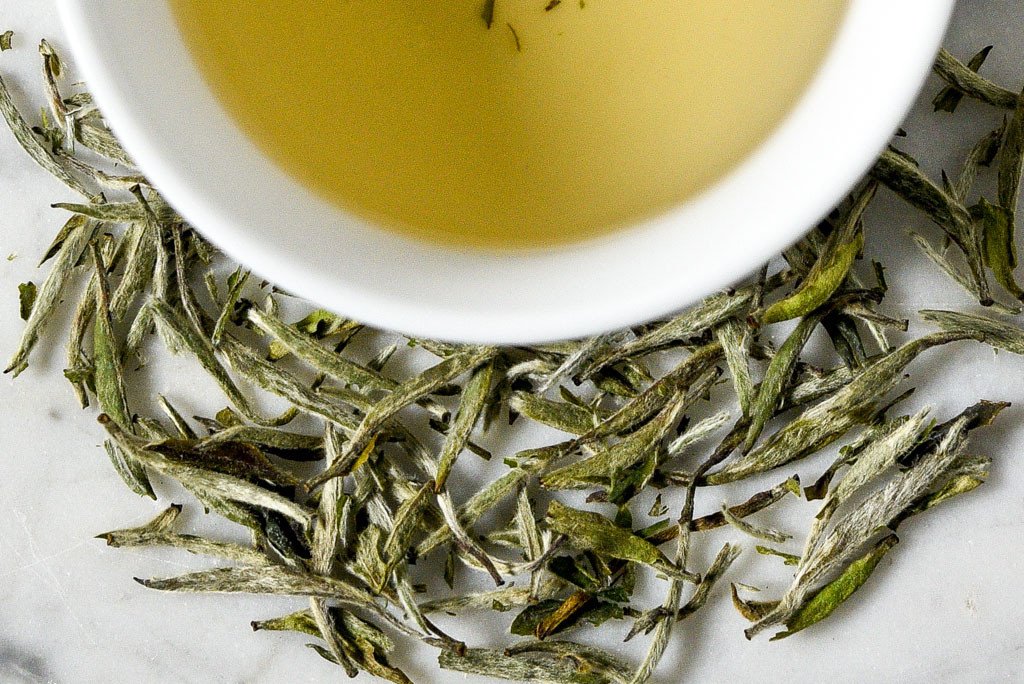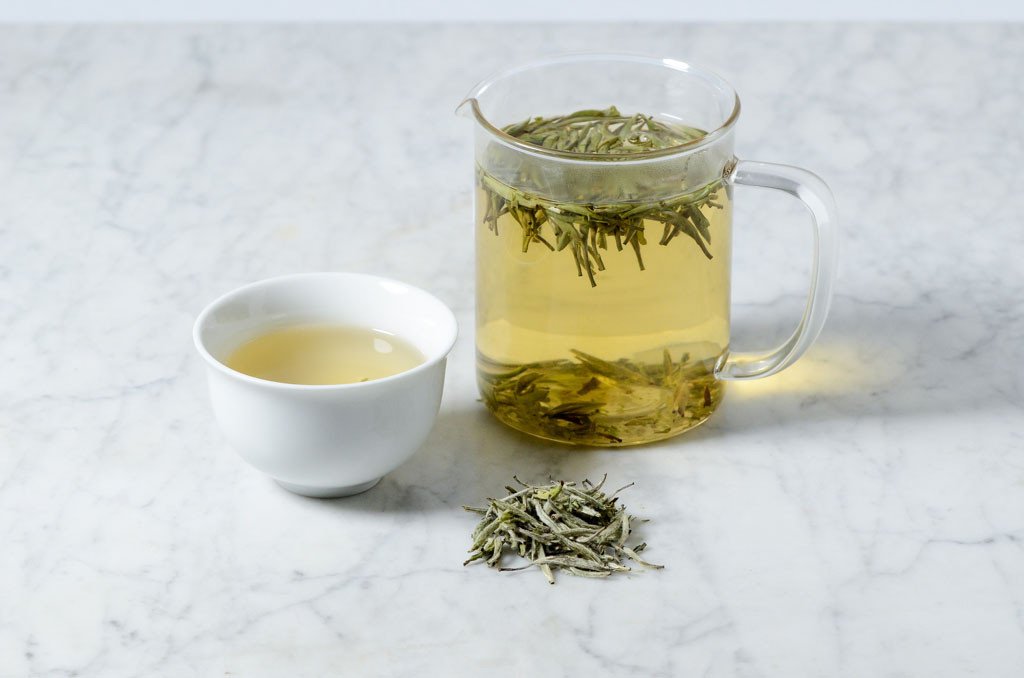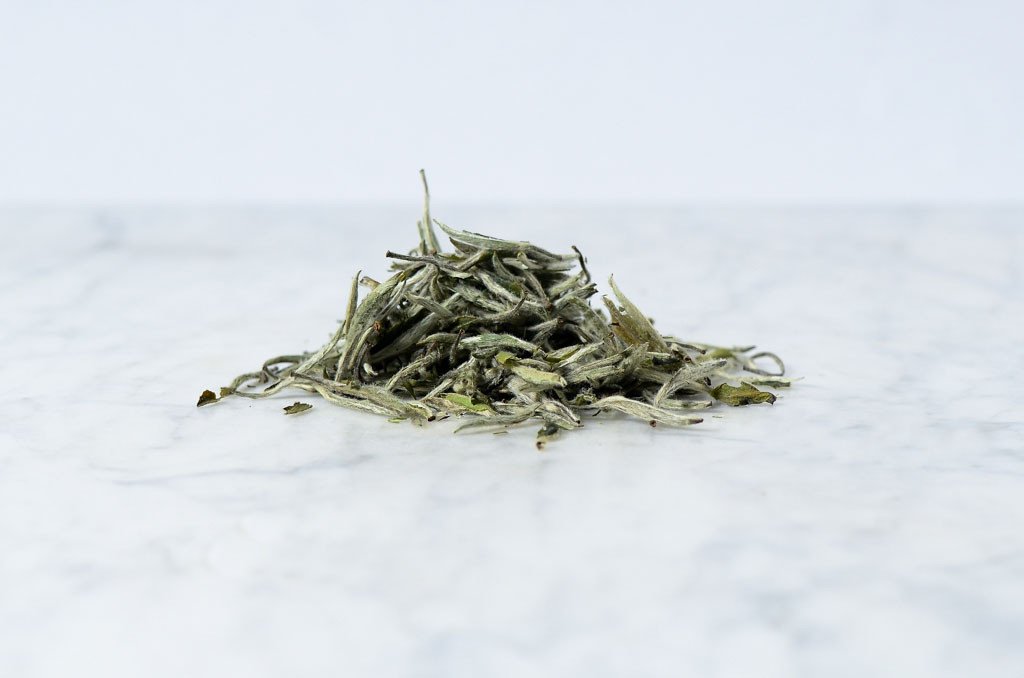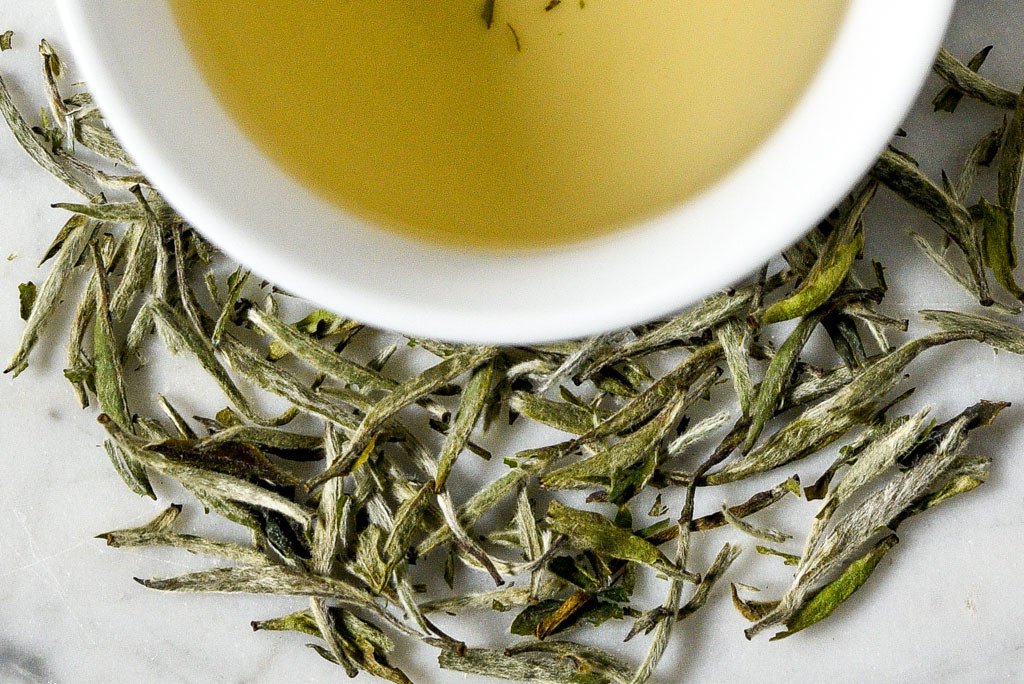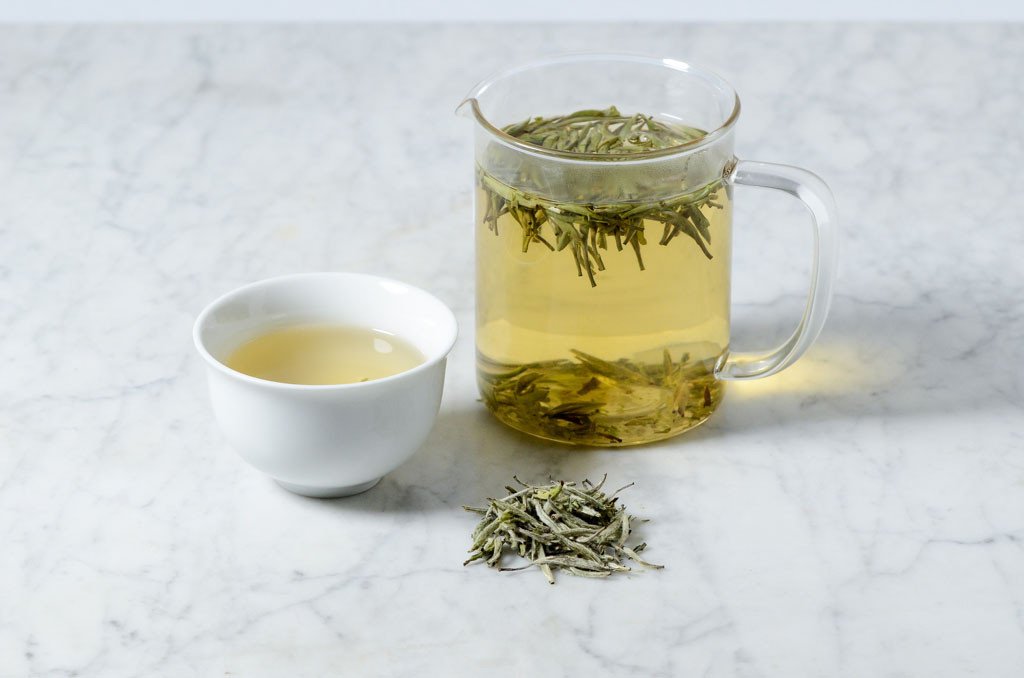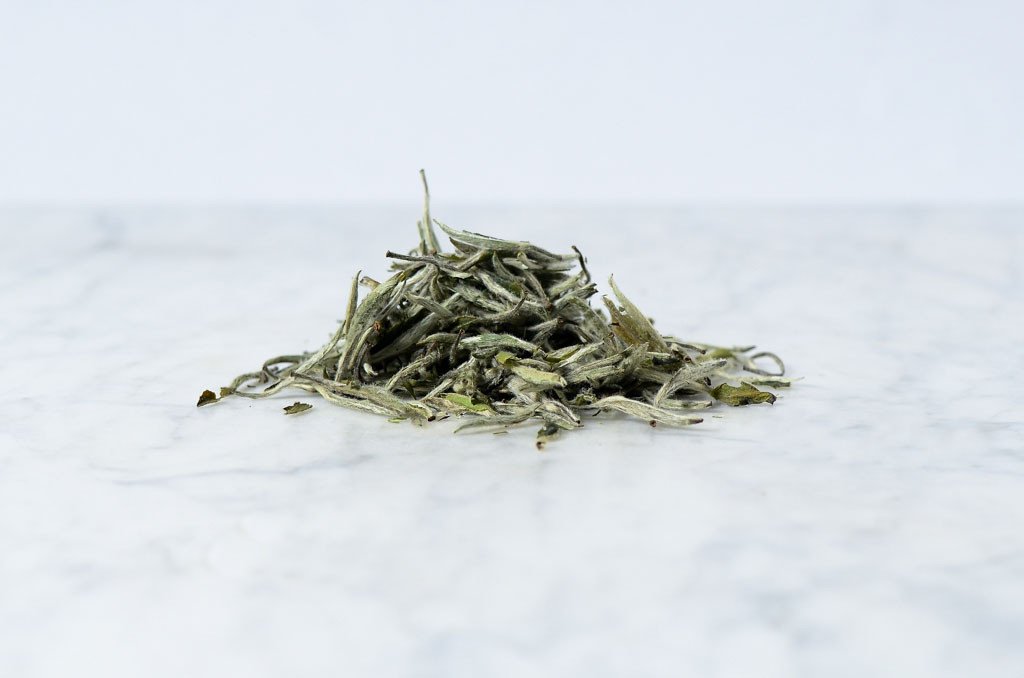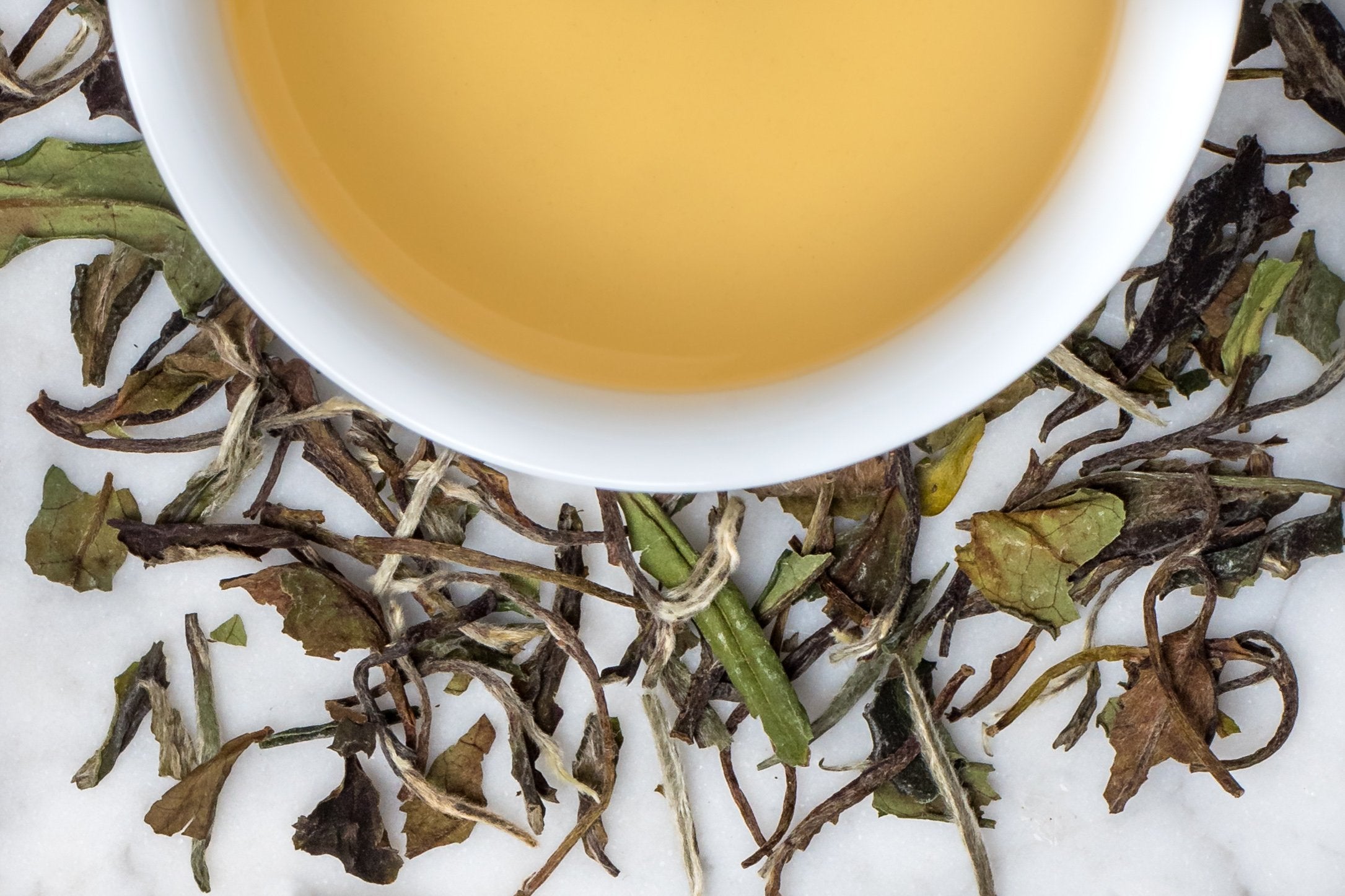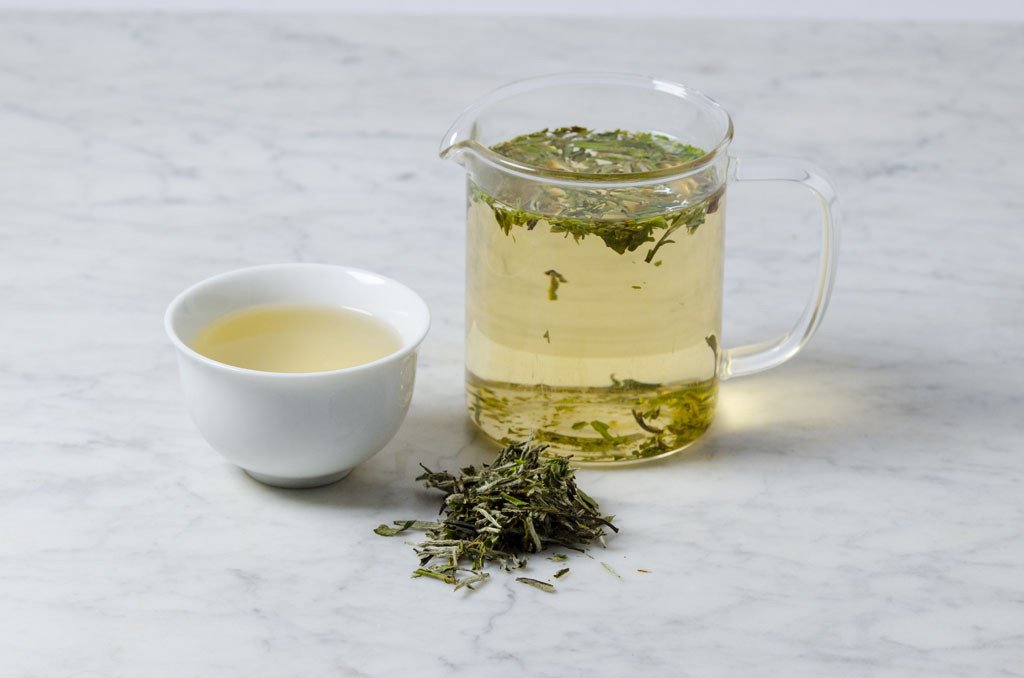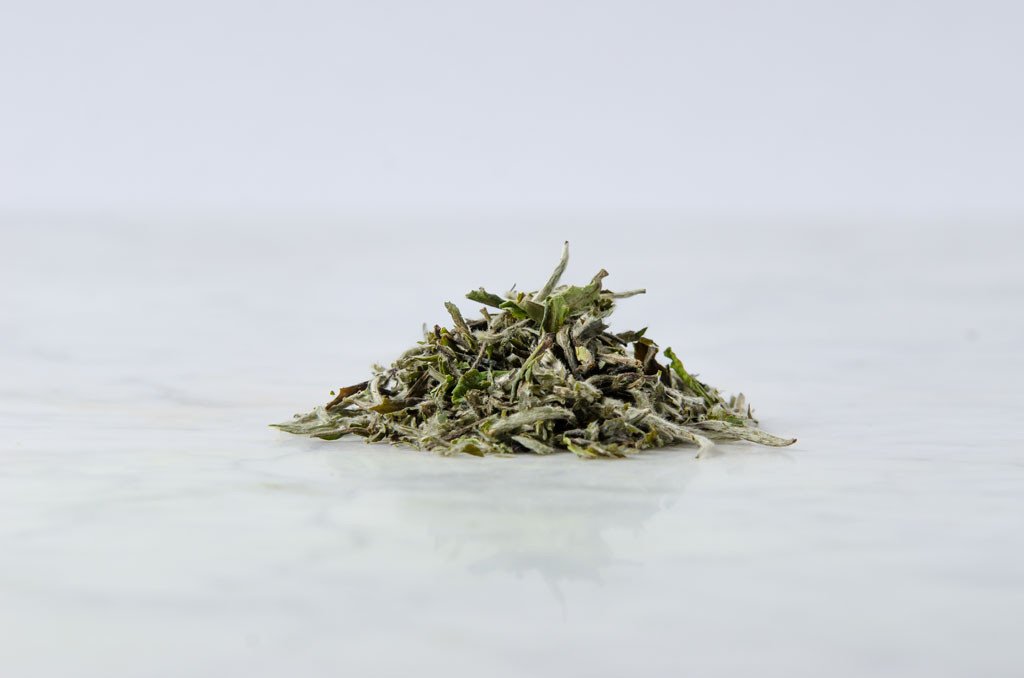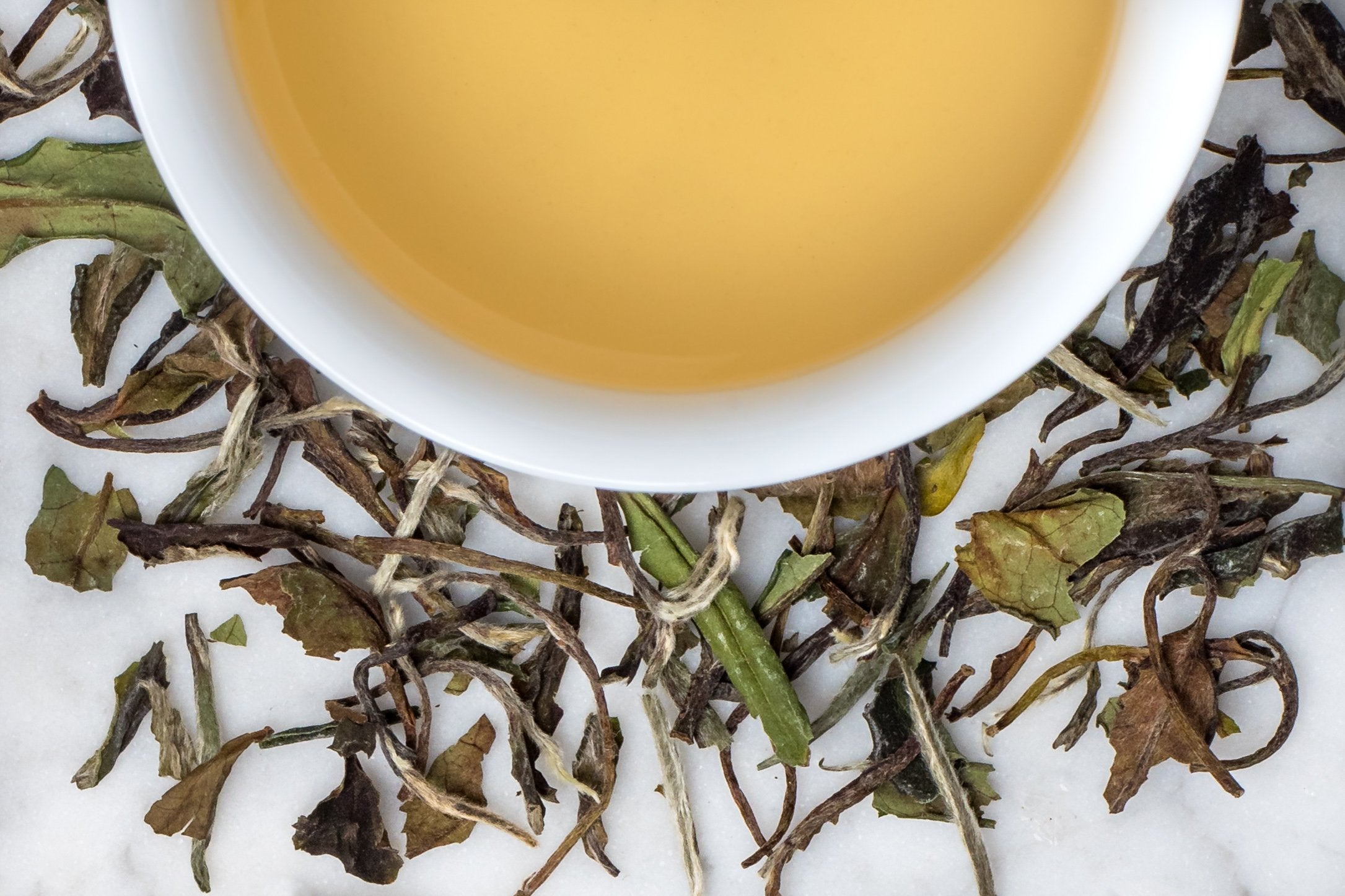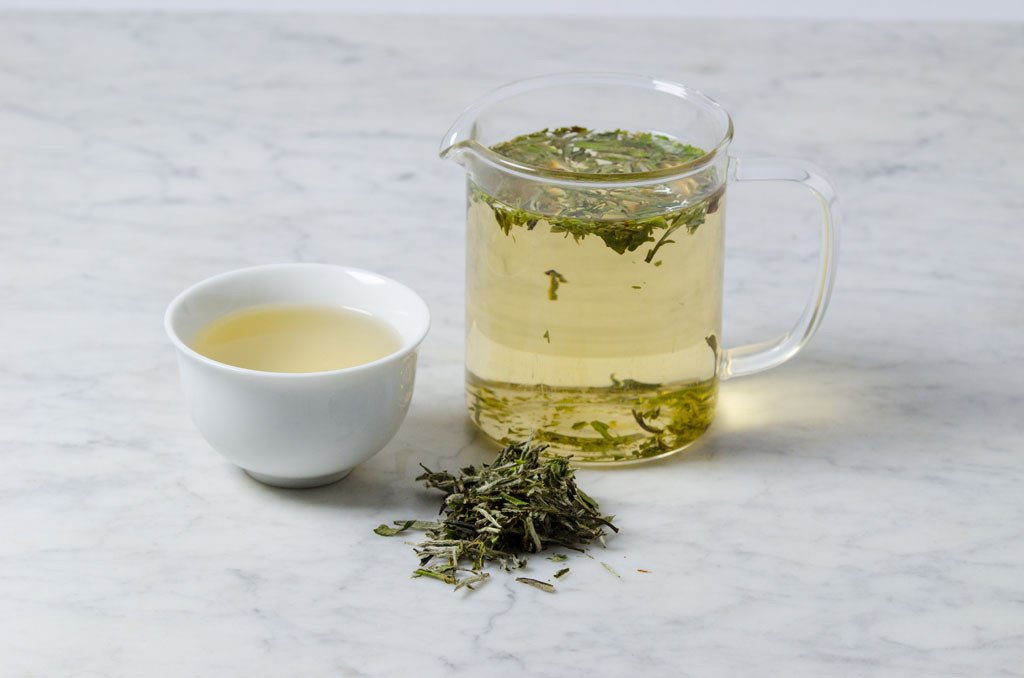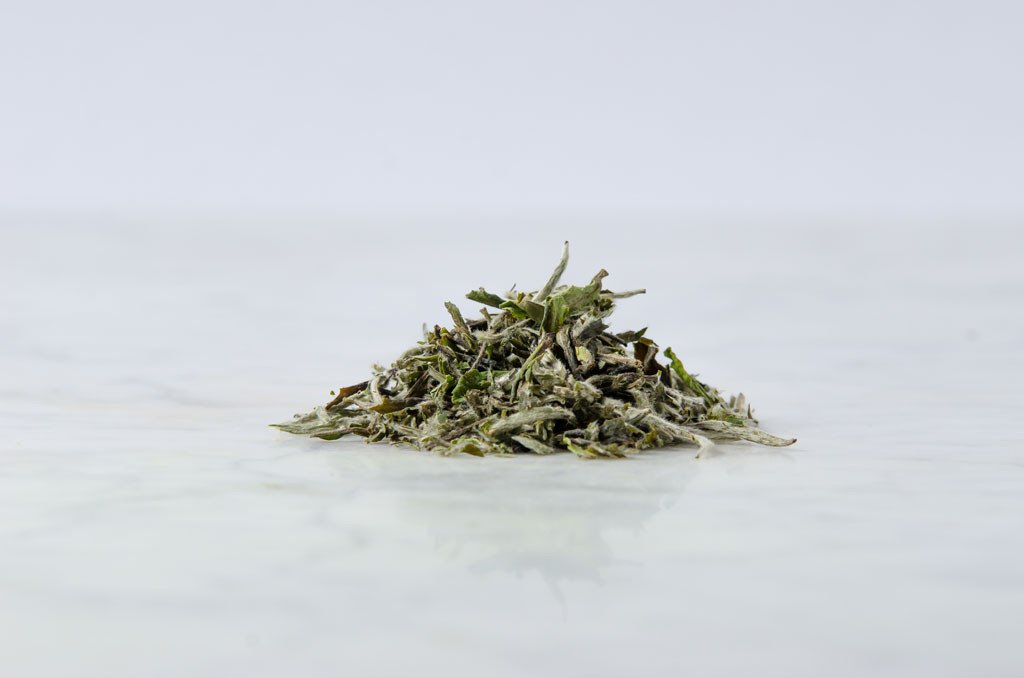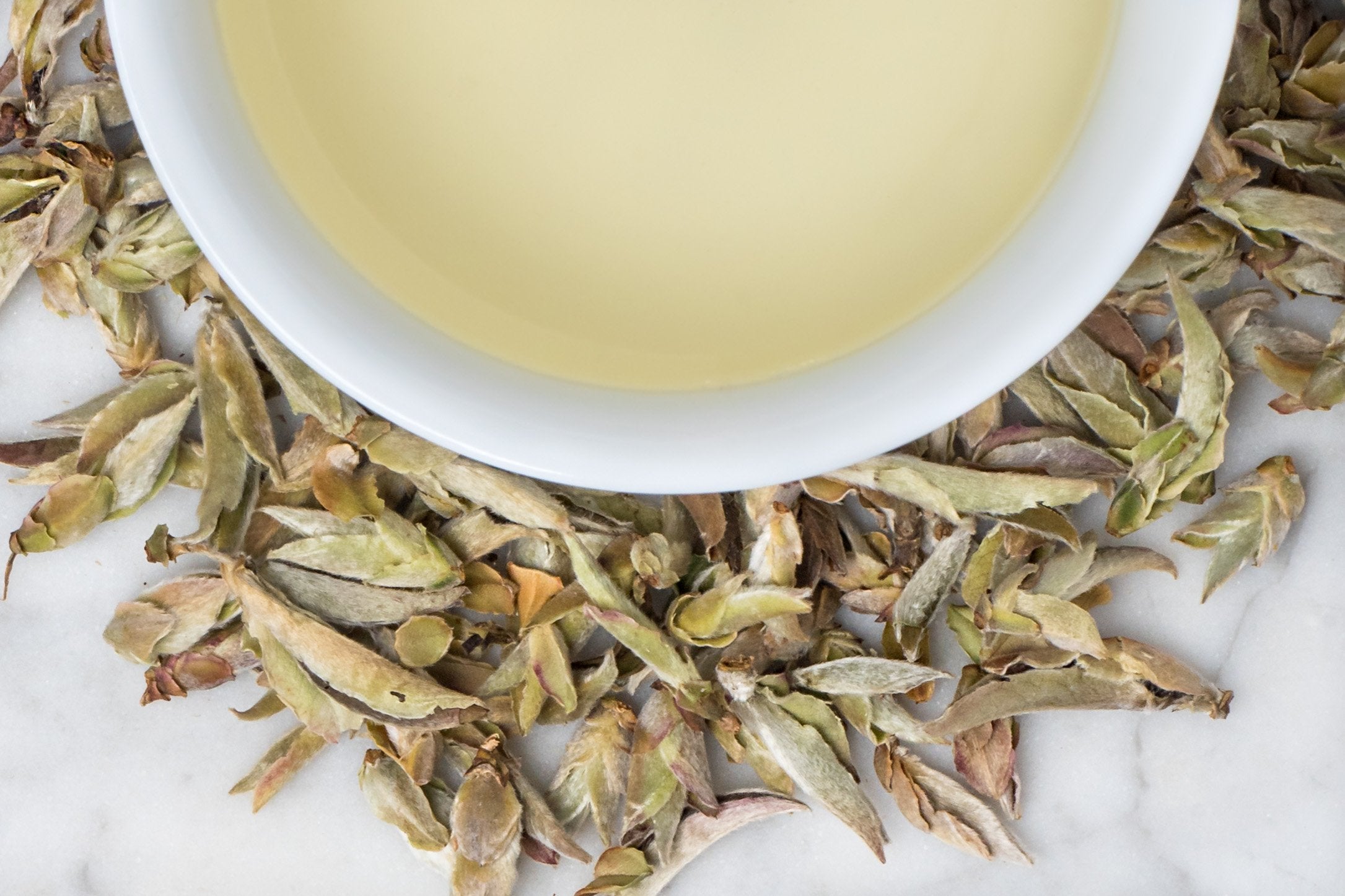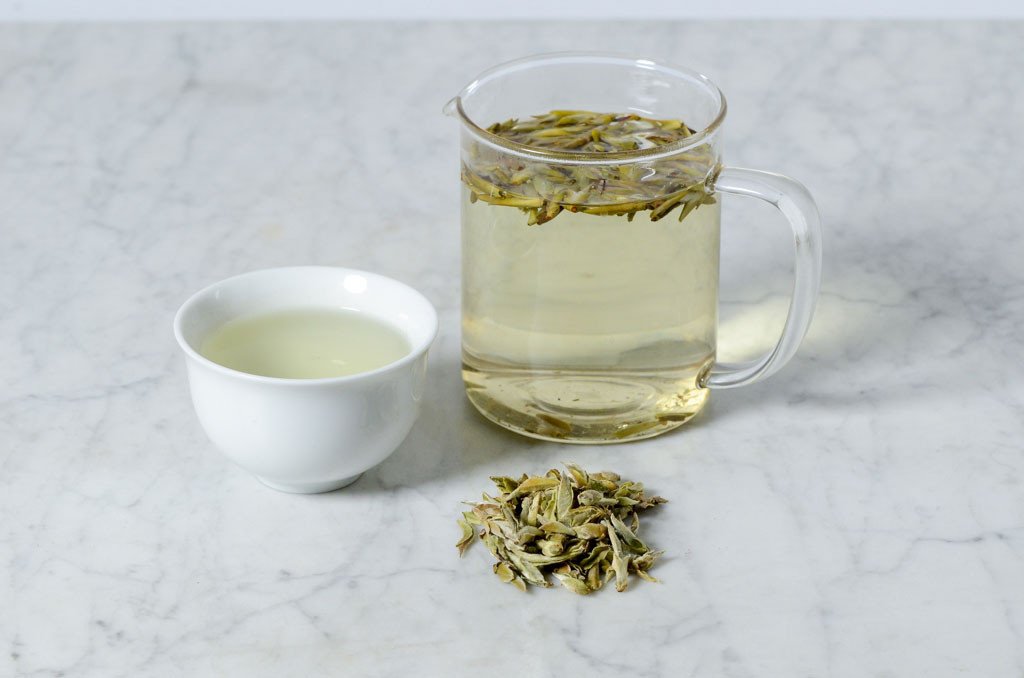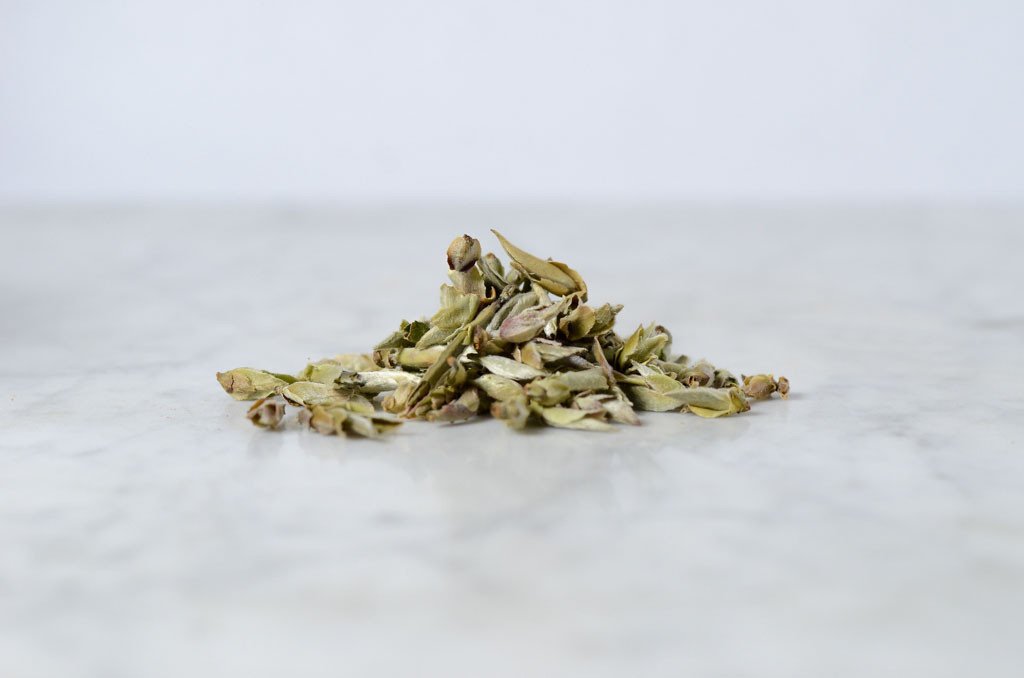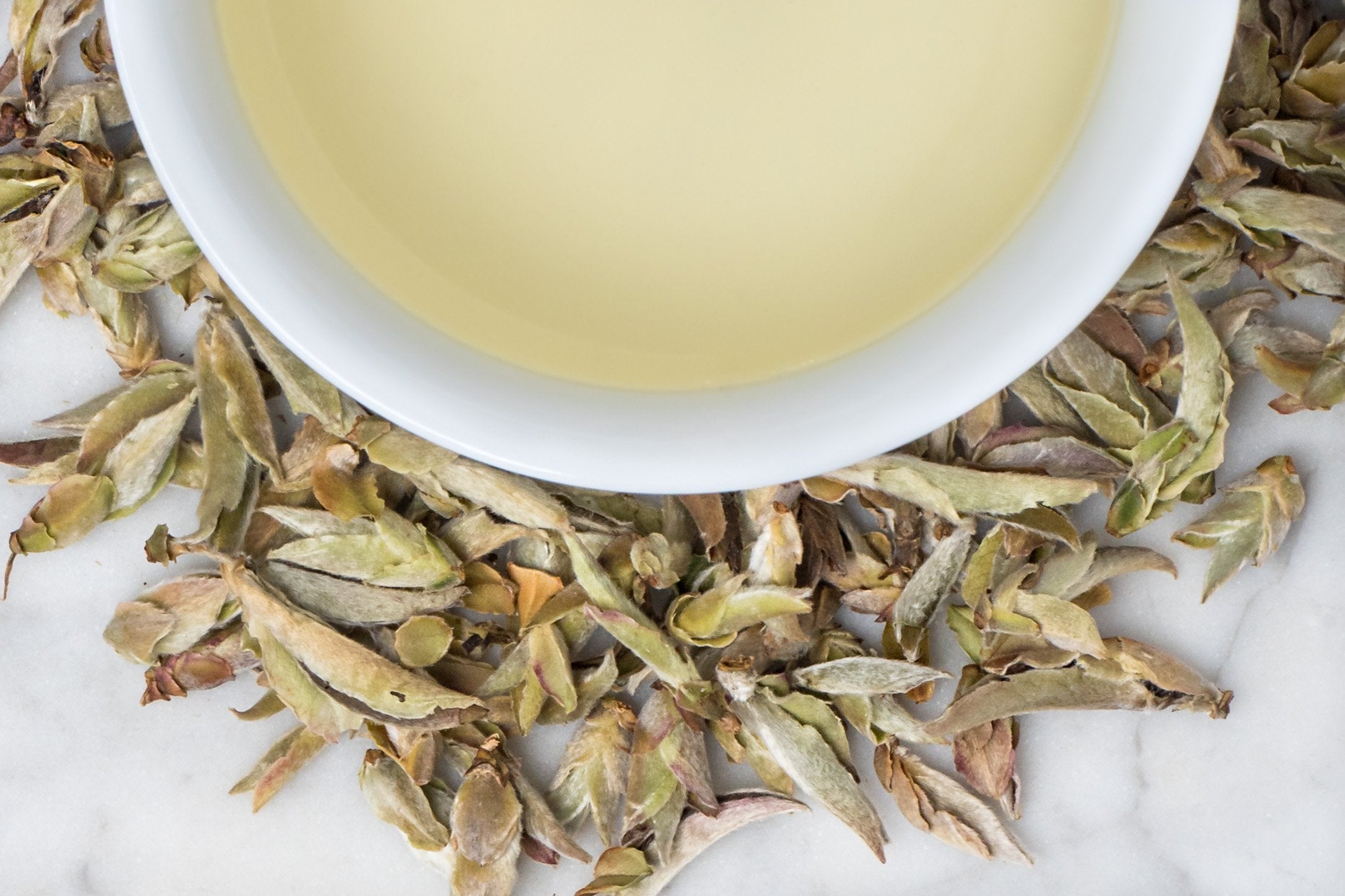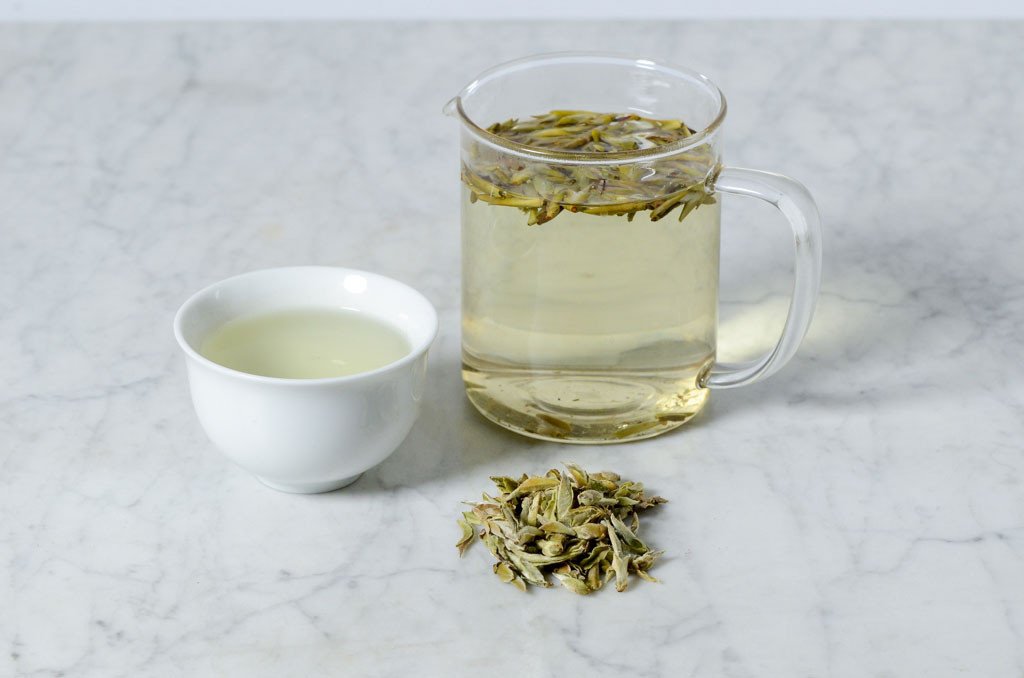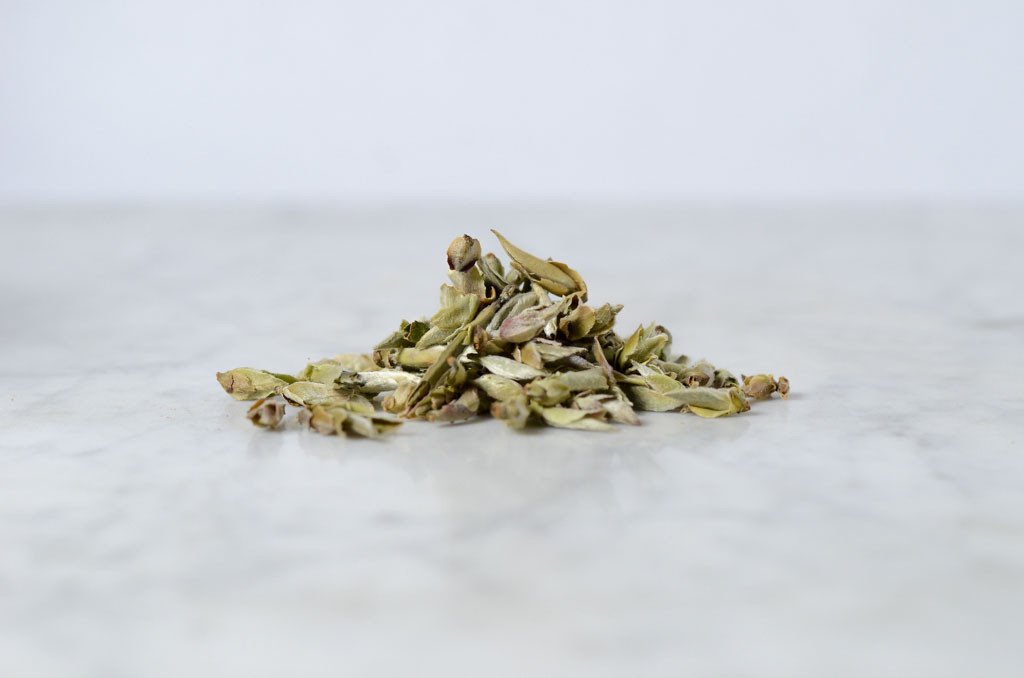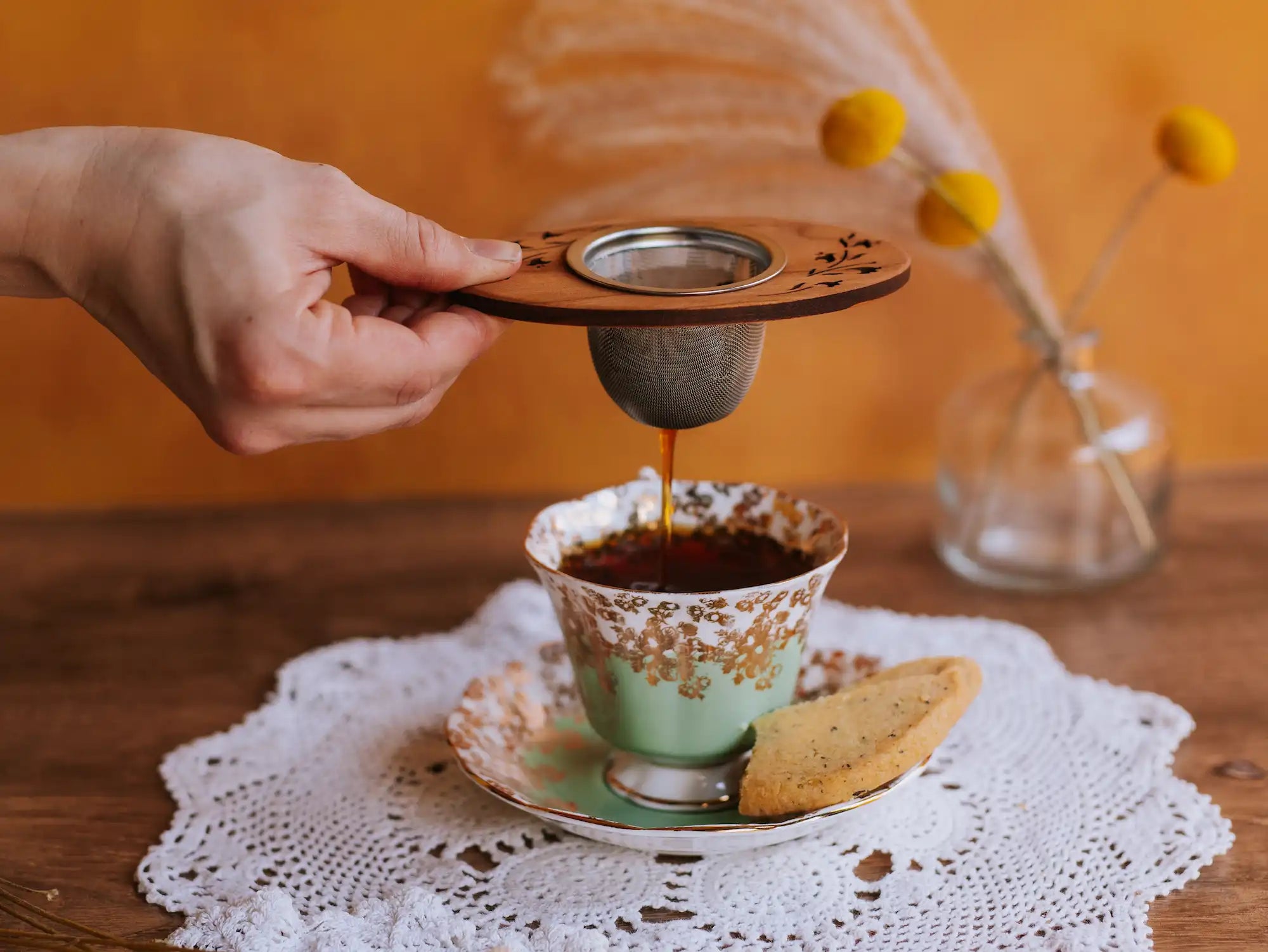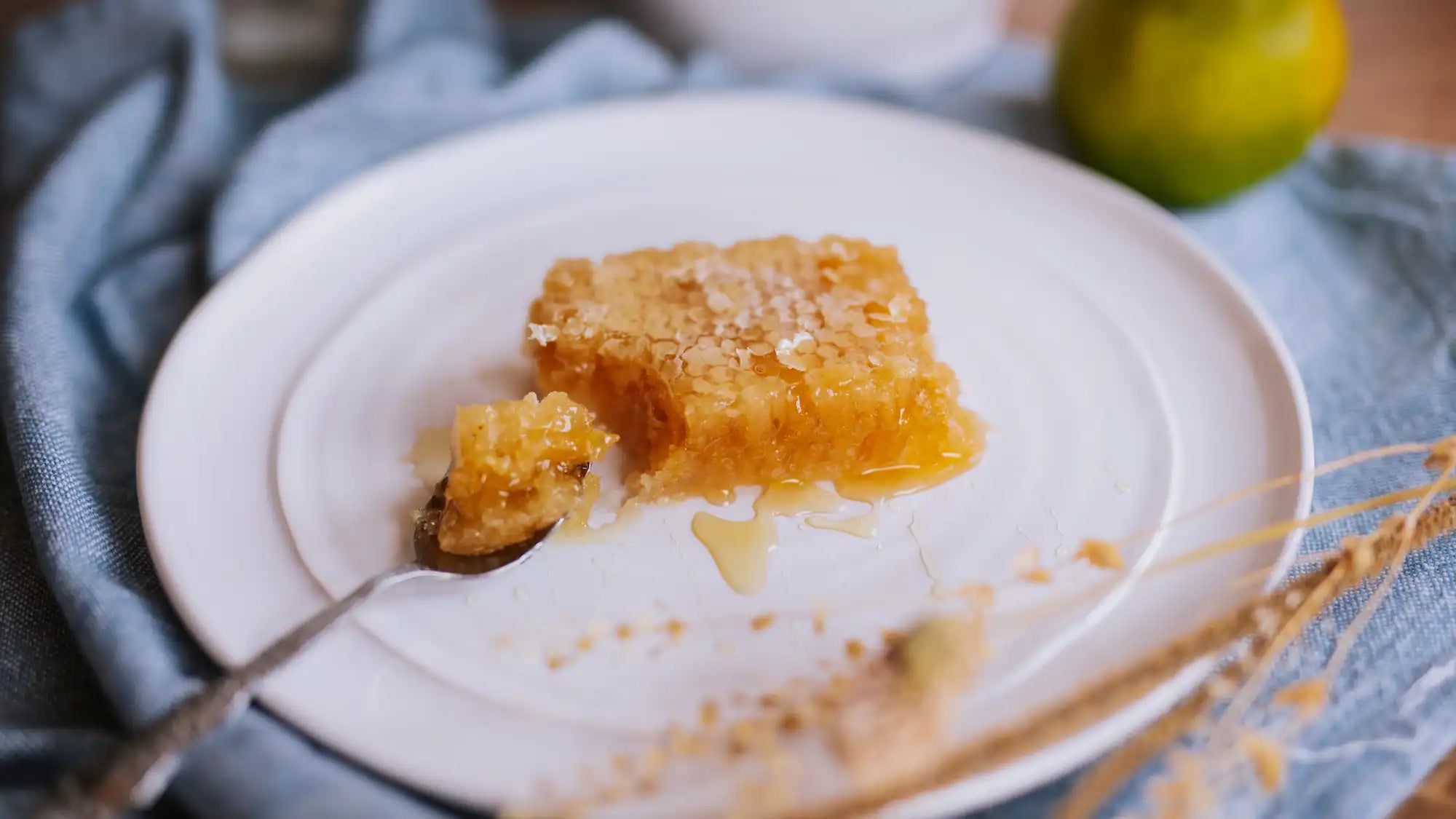More so than any other article in our "What is Tea" series, the answer to "what is white tea" feels elusive and delicate, much like white tea itself.
Partly this feeling of ambiguity around white tea may be a volume issue - white tea is only made from the bud and perhaps first two leaves of the tea plant (camellia sinensis), and then only from the first harvest in spring. This harvest occurs in a narrow two or three week window in the early spring and can only take place in dry weather conditions (i.e., no rain and low humidity). Additionally, white teas are only produced in the Fujian Province in China (with some more recent productions in Darjeeling), further limiting total production.
Is it any wonder, then, that White Teas are less known and less widely understood? That white tea feels precious and ephemeral and not wholly tangible?
Tea History
The Origins of White Tea
Like most types of tea, the origins of White Tea are shrouded in myth and the mists of time. What we do know for certain is that White Tea comes to us from Fujian Province, now primarily from Fuding, and that it gets its name from the furry white down that coats the buds known as "Hao".
White Tea was popularized within China during the Song Dynasty (920-1269), but there are references to White Tea dating back to the Tang Dynasty (618-907). Like many of the world's famous teas, White Tea came into popularity as a favored tribute tea, and may at one time have been solely reserved for royalty.
It wouldn't be until the Ming Dynasty (1368-1644) popularized loose leaf tea that white tea as we know it today began to be produced. Prior to this transition, all tea was pressed into cakes and often powdered and whisked like matcha, rather than steeped.
During the late Qing Dynasty (1644-1912), Fuding White Tea was discovered in 1857. This new cultivar had a dense pekoe (young leaf) growth with large, fragrant buds. It is from these trees that the first Silver Needle white teas were made.
Though this type of tea is centuries old - and was even a tribute tea to emperors - white tea remains one of the least studied and discussed types of tea, especially in the West. This is in part due to its relatively small production yields and delicate nature - at the beginning of the tea trade it simply would have been impossible to export White Tea to the West, as it most certainly would have been compromised on the rough and moist ocean or overland voyages to Europe.
But in recent years White Tea has been getting more attention, not least due to its potential to have even more healthful properties than long-admired Green Tea. So what is White Tea?
Production Methods for White Tea
How is White Tea Made?
White Tea is made primarily in Fuding in the Fujian Province in China. White Tea is the least handled of all the tea types, undergoing minimal processing so the first, downy buds of spring retain the delicate, burgeoning flavor of new growth.
One
Plucking
Two
Withering
Three
Sorting
Did you notice something missing?
If you've been reading our other What Is Tea series blogs, you may have noticed a glaring omission in the processing of White Teas: there's no mention of oxidation or halting oxidation!
This is not a mistake! Part of what makes White Teas so delicate and unusual is their lack of oxidation, as well as their lack of a step in the process to completely stop enzymatic oxidation. Even Green Teas undergo heating (either panning in China or steaming in Japan) to deactivate the enzyme that causes oxidation. But White Teas do not - they are allowed to dry fully on their own, with minimal interference from their producers.
This is one of the reasons we think of White Teas as delicate, and a big reason why they were not good candidates for export prior to the modern age.
5 White Teas
Types of White Tea
There are five main types of white tea today.
One
Yin Zhen (Silver Needle)
Bai Hao Yin Zhen
Two
Bai Mu Dan (White Peony)
Bai Mu Dan Wang
Three
Gongmei (Tribute Eyebrow)
Four
Shou Mei (Noble Eyebrow)
Five
Fujian New Craft
Caffeine in Tea
Is White Tea Low in Caffeine?
Made from downy buds and perhaps the first two leaves, White Tea has a reputation for being delicate - delicate in preparation, handling, color, taste, and even caffeine levels.
But new research is challenging conventional thought on the caffeine levels of White Tea, and it is becoming evident that which White Tea you are drinking and how you infuse your White Tea plays a large role in how caffeinated your cup will be.
Silver Needle White tea is comprised solely of the tea plant's first downy spring buds. These buds are covered in little, white downy hairs that both give White Tea its name and protect the bud from the vagaries of spring weather patterns. And it's these little downy hairs that play havoc with caffeine levels in your cup.
The downy hairs on White Tea buds are hydrophobic, meaning they are designed by nature to keep the buds from becoming saturated with moisture and then being harmed by frost should temperatures dip below freezing overnight.
This hydrophobic nature of the buds of course plays into how you steep white tea - and also how much of the caffeine, polyphenols, and amino acids are extracted from the tea.
As with most teas, longer steep times correspond to more extraction of all elements of the tea leaf, including caffeine. Higher temperature steeps will also lead to higher caffeine concentrations.
In general, if you are looking for a lower caffeine traditional tea, Silver Needles may be your answer if you steep them at a low temperature for a relatively short period. But we recommend a stem and leaf tea (like Kukicha or Wood Dragon) or a roasted tea (like Hojicha) or a wild tea (like Nan Mei Wild Buds) instead.
Nan Mei Wild Buds
How to Brew White Tea
We'll go into more detail on this in our How to Steep White Tea blog, but in general you can think of White Tea as "low and slow". We recommend brewing at 175-185° F for 3-7 minutes depending on the composition of your white tea. Brew towards the longer end of the interval for Silver Needle teas and the shorter end for bud and leaf or leaf-only teas.
Shop White Teas
From $ 1.55
From $ 1.55
Sources:
Gascoyne, K., Marchand François, Desharnais, J., & Américi Hugo. (2016). Tea: History, terroirs, varieties. Firefly Books. Ltd.
Zhang, Haihua, et al. “Influence of Brewing Conditions on Taste Components in Fuding White Tea Infusions.” Journal of the Science of Food and Agriculture, vol. 97, no. 9, 2016, pp. 2826–2833., https://doi.org/10.1002/jsfa.8111.



